Dedicated to new photography fans, six thoughts on purchasing Speedlights
2018.06.07
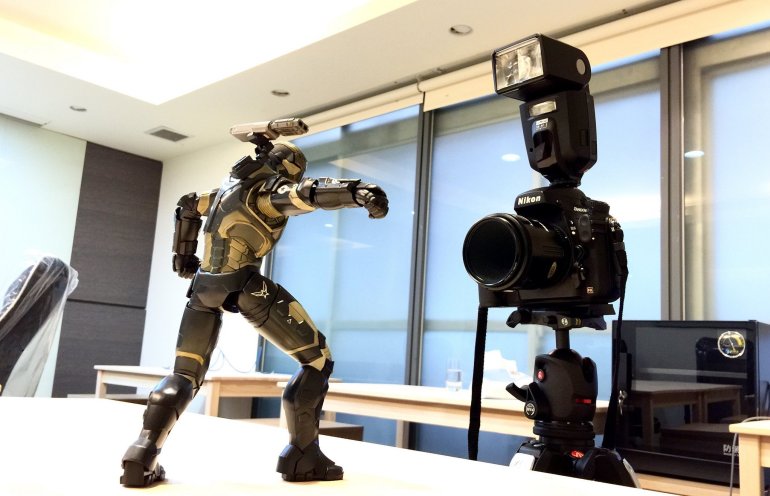
“Greetings newcomers, speedlights are generally speaking one of the more difficult devices to get your hands on for beginner photographers. Perhaps, you’ve been considering getting one? There is no rush, before making purchases for new equipments one mustn’t forget to do some research. Check out the contents of this article, I believe that it will be of great assistance to you.”
This article will not be addressing the operation of Speedlights, nor will it instruct you on how to use one, but will simply guide you through examining the specs in order to help you choose your purchase, in addition to pointing out noteworthy aspects of Speedlight purchasing. You may still want to give this article a read even if you already own a Speedlight, since “one may not necessarily understand despite having already done the deed.” Below lists six key points regarding the purchase of Speedlights I personally consider to be the most important.
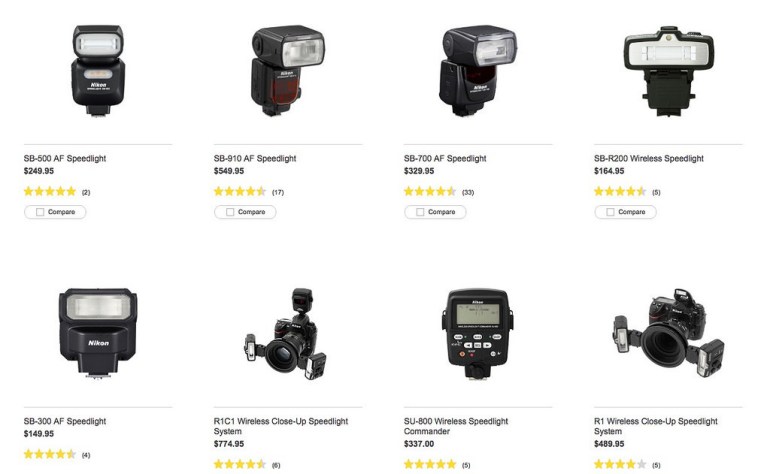
A lot of people may think, isn’t it enough for Speedlights to just have a flash equipped? Why invest all the time and money in purchasing one? In case you were thinking the same, why would you need extra lenses when default ones could take pictures just fine? Why spend all the money to change lenses and upgrade your full frame cameras? I’ve always been emphasizing, that photography is the art of shadow and light(I wrote about it last year), therefore any tools that may affect the light and shadows of your scene in any way, shape or form will play a huge role in determining the quality of your shooting results. A quality Speedlight can offer better lighting, more stable color temperature, brightness control and continuous operation, all of which are cannot achieve by cheaper products. Therefore, if you hope to improve your skills in photography, or even wish to earn money from it, then choosing a stable, high functioning Speedlight is essential. Unless you do not plan to use one at all. Well then what exactly are the six key points I wish to address today? They are listed as follows to be addressed one by one: Speedlight Brand, GN, TTL mode, off-camera flash, Speedlight angle, Speedlight shape.
I. Speedlight Brand
Scoff not, but the aforementioned unfortunate event happened when someone “bought a Speedlight of the wrong brand, found out that they could not use it”, and decided to sell it into a second handed camera store. It is baffling enough to purchase a light of the wrong brand, but it is equally unethical for the seller to not ask questions before they sell the person their product. However, the most unfathomable part of that story is that they did not think of returning the light to the seller when they found out that they bought the wrong one! Image above: If you decide to buy aftermarket lights, triple check to make sure that you’ve selected the right brand corresponding to your camera, or else the incompatibility will limit the functions you can use such as TTL There are two types of branded Speedlights you can choose from, OEM or aftermarket. OEM(Original Equipment Manufacturer) lights are the Speedlights manufactured by the original factories of the cameras such as Canon, Nikon and Sony. Generally speaking, you buy the parts that match your camera’s brand, not much can go wrong(you wouldn’t try to pair a Canon Speedlight with a Nikon camera would you?). However, do take note, the Speedlight stands of Sony’s old Alpha SLRs are different than the ones for their micro SLRs now, so make sure to confirm your camera model’s compatibility with the retailers before you select your purchase. The other optionise aftermarket lights, as in speedlights manufactured by third party factories. Another important note here, do NOT assume that third party components are inferior. That is a common assumption one may make due to the lower price range of aftermarket products, for instance, China’s YongNuo specialises in producing same spec speedlights at one third of the regular price. Though in actuality, some European speedlight manufacturers do in fact produce products that are on par in both price and specs with their OEM counterparts. An example bring the German brand Metz which prices their speedlights similarly to those sold by the original manufacturers. Furthermore, not only do their lights support all the functions of the OEM lights(off-camera control, TTL etc.), in some instances the quality of their lights even surpasses that of the originals. As for which brand is the best? I won’t be commenting on that here. To put it briefly, quality generally comes with the price you’re willing to pay when it comes to photography equipments, don’t judge products solely based on its written specs. The stability of performance and quality of flash of cheap lights can never hope to compare to higher end or original manufacturer products. Note: The quality of photographs depends not just on the skills of the photographer, but are often dictated by the quality of the equipments as well. Remember this: professional photographers are not fools, they don’t purchase expensive equipments due to brand myths.II. The GN, key numeric information that determines the flash distance
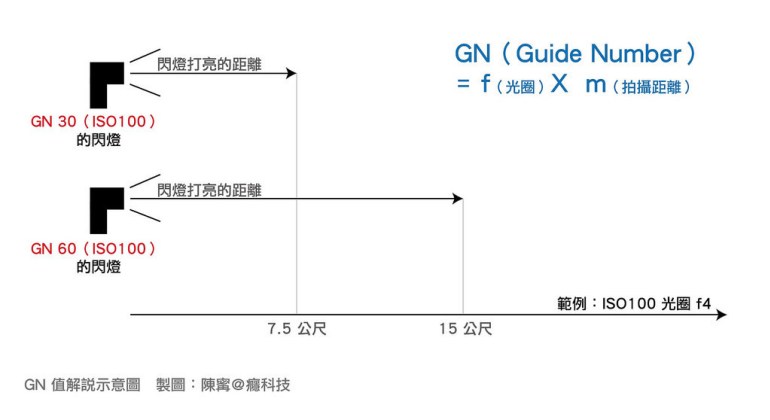
When selecting Speedlights, most users would tell you to pay attention to its flash level(the GN). GN is short for “Guide Number”, and tells you the distance at which the flash can illuminate a subject at its strongest. The GN can be calculated as shown in the above image, by multiplying the f-number with the distance of illumination. A GN 60 Speedlight can illuminate up to 15 meters on an aperture setting of f4(4 X 15 = 60), therefore, the higher the GN is, the stronger the Speedlight’s flashes are. Though have you noticed the “ISO100” I’ve added after every GN in the above image? What does it mean? The GN is not a constant, as the value varies depending on your ISO and focal length setting. The reason for this is straightforward, the higher the ISO setting of your camera, the higher the sensitivity, and the brighter the received light can be. Therefore, with a high ISO setting, your camera will be able to receive more of the flash from your Speedlight, leading to a higher GN(able to illuminate a longer distance). Moreover, the same Speedlight can have a different guide number when the focal length is different. For example, two different Speedlights both with a GN of 60, but while one of them have a focal length of 21mm, the otherwise it at 105mm, then under the same scenario, the former light would have a stronger power output. Companies therefore often like to play word games when it comes to guide numbers. When you examine closer several company’s speedlight commercials, they would point out what the GN would be under “ISOxxx, focal length xxx mm”, with the standard advertising values being at ISO100 and 105mm focal length. However, some companies would advertise the GN of their products under other focal length and ISO values. Canon is such a case where they use ISO100 and 200mm in order to for their flagship product 600EX-RT to reach a maximum GN of 60(this is also the value stated on the model as well as its adverts). On the other hand, the German brand Metz’s speedlights could achieve GN60 at just ISO100 and 105mm, the difference in the level of performance of the power output is illustrated clearly. Note: The shorter the focal length is the larger the angle the speedlight needs to cover(due to them being wide angle lenses), therefore the higher the GN can be under a wide angle shot, the higher the speedlight’s power.

What of speedlights with low GN? The above image on a metro station notice board explains all. When the GN is of insufficient value, the resulting image will suffer problems such as the light not being strong enough to illuminate the rows of seats in the back of the train, causing the issue of having “bright subjects but dark backgrounds”. This issue however, can be solved by changing the shutter speed or ISO, not necessarily requiring a speedlight with high GN. It’s just that for photos of this quality to be seen on a metro station advertisement… perhaps it was taken by a student. Generally speaking, for lights of the same brand, the higher the GN the more expensive it is. Therefore if you are choosing a light within the same brand, you can usually just refer directly to the prices. If you are choosing across several brands, then I don’t exactly recommend using the GN as a selection criteria. For example, YongNuo’s lights yield a higher GN than Canon’s OEM lights when tested under the same conditions, does it necessary mean that YongNuo’s products are superior? Aside from its GN, what distinguishes an expensive speedlight from cheap ones still lies mainly on its performance stability and flash quality. Therefore I recommend to only compare the GN when purchasing lights from the same brand, not when comparing the performance of lights across multiple brands.
III. TTL, an important function that determines whether or not the speedlight is “easy to use”
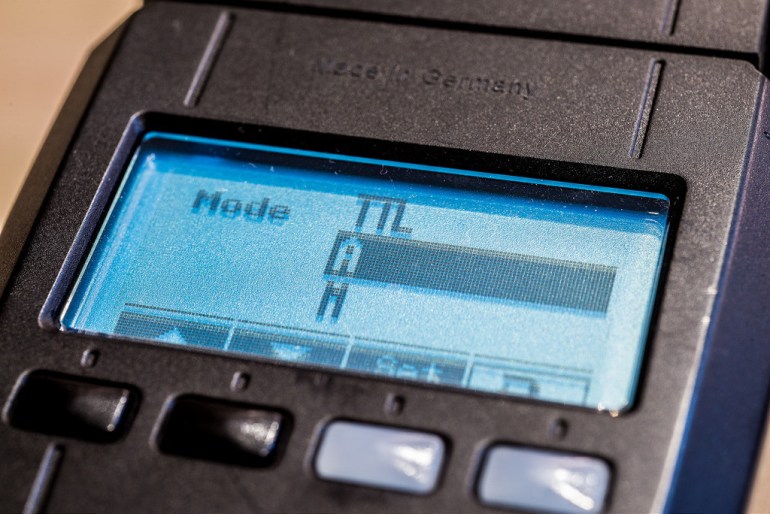
One would often encounter the term TTL when purchasing speedlights. The terms stands for Through the Lens, and is also called “鏡後測光(lit. light measuring though lens)” in Chinese, meaning that the intensity of light is measured by the light that have already passed through the lens. This saying originated from back in the days where a camera’s light meter is externally mounted, resulting in the inaccuracy of measurement as the actual light measured can greatly differ in intensity compared to the light that have been filtered through multiple layers of lenses and captured in the camera. TTL is when the light meter is placed behind the camera lens, thus measuring the light that have passed through the lens in order to obtain more accurate, realistic results. What can a speedlight with TTL then, do? Each major camera manufacturer tends to give their TTL technology a different name, such as Nikon’s i-TTL, Canon’s E-TTL etc. However, each of these terms refer to the same thing, measuring the surrounding light intensity pre-flash. In the past, speedlights require manual adjustment to determine the flash intensity, therefore relies on the photographer’s experience to determine the appropriate adjustment value. This can cause great inconvenience when fast shots are required(ex. During interviews, weddings). The TTL function will release an invisible ray of light the moment before the shutter opens to help the speedlight and camera measure the surrounding light and automatically determine the flash power so at the moment when the shutter releases, the speedlight will flash at the right setting. This way, the photographer can easily capture shots at the current exposure setting. However, the TTL function can often be limited by its brand, therefore if you find this function to be a requirement, then not only do you need to ensure your speedlight supports TTL, more importantly you need to make sure you consider the brand of your camera when purchasing a light(especially when you are selecting an aftermarket product). Or else you would risk incompatibility between cross brand products causing you to have to stick with manual adjustments instead of the convenient TTL function. As for what pros and cons the TTL mode entails, and how to use it, we’ll save that for a later tutorial.
IV. Support of off-camera flash

An off-camera flash refers to camera flashes that do not need to be mounted on the camera to be triggered. Actually, in order to utilise this function, you’ll only need to pair your devices up with a compatible off-camera trigger(install one end on the camera and the other end on the speedlight), though it is of course always better to save money and purchase only the essentials. So far, cameras from big companies such as Nikon and Canon all support manual flash trigger, as in utilising the flash atop of cameras to transfer its TTL command to speedlights via infrared signals and triggering the speedlight to flash the moment the shutter is released, making it as convenient as having a mounted flash on the camera itself. With this function, one can have full control over the lighting angle, a useful option for when design various themed shots. A full instruction on how to utilise the off-camera flash will be taught in a later article, for now, just be aware of its existence. There are two points to note concerning this function: first, your camera should support manual trigger, and your speedlight must support off-camera trigger as well. Cheaper speedlights(high end and OEM products should not be a problem, for instance, the Metz light in the above image supports manual trigger perfectly) not supporting manual trigger should not come as a surprise, it is cheaper after all. However do note that due to its lack of on-camera flash, Canon’s high end full frame SLRs do not support the manual trigger of external flashes unless you purchase two separate speedlights(and install one on top of the camera) or purchase a wireless flash trigger. Though for real, if you’re using a Canon full frame SLR, might as well buy an external trigger.
V. Adjustability of flash angle
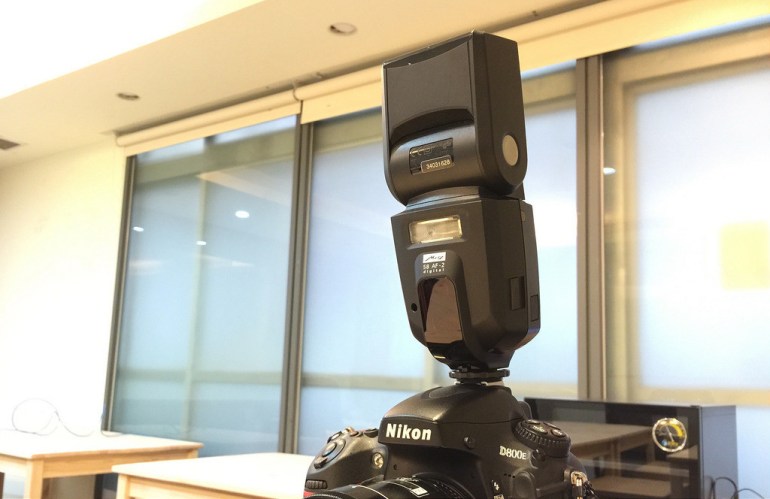
Please do not snicker at this function, a lot of speedlights do not have the ability to adjust its angle, Leica’s OEM mini speedlight is one of such. The angle in which the light comes in would determine the entire lighting effect of the image. As such, a good speedlight should be able to allow the readjustment of its angle in order for you to be able to freely choose the angle that you want the flash to come in for every image you take, instead of having to hold the light towards the subject every time. This way, more effects can be achieved in each shots, as well as generally producing higher quality pictures. As of now, only the most low-end or ancient speedlights may not have this function, but still pay some attention when making your purchase!
VI. Choose the light that suits your needs
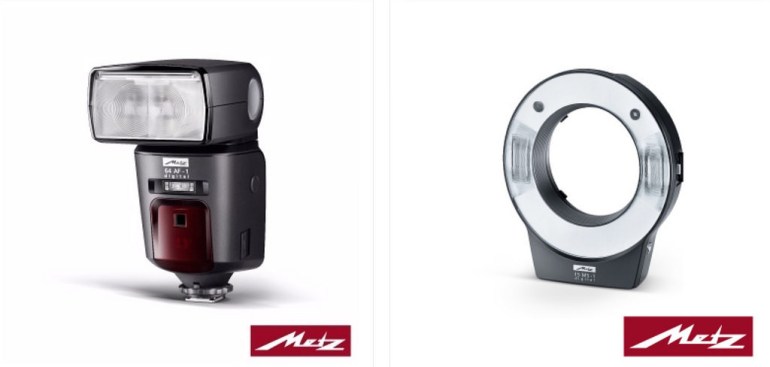 Not all speedlights look like the one you see on the left in the images above! Depending on different purposes, manufacturers will put out products of different shapes and functions. For example, the above right image depicts a “ring flash” used in taking close-up shots. Then for what purposes would different speedlights be required? Few of such examples are when a dentist needs to make photos for a patient’s teeth, then a ring flash with its ability to focus its flash on close-up subjects would make for a perfect candidate to fill in light for the teeth. On the other hand, during studio photography, the more powerful and stable studio flash lights will be used as it can also keep up with the power demand.
All in all, if you deem the average speedlight insufficient to fulfill your needs during shooting(ex. When taking pictures of teeth), then usually you will be able to find some specialised speedlights or equipments that is tailored to suit certain purposes. Do use the internet to find what you need, or alternatively, you can drop by my fan page and ask me questions personally.
LIKE OUR PAGE:
Not all speedlights look like the one you see on the left in the images above! Depending on different purposes, manufacturers will put out products of different shapes and functions. For example, the above right image depicts a “ring flash” used in taking close-up shots. Then for what purposes would different speedlights be required? Few of such examples are when a dentist needs to make photos for a patient’s teeth, then a ring flash with its ability to focus its flash on close-up subjects would make for a perfect candidate to fill in light for the teeth. On the other hand, during studio photography, the more powerful and stable studio flash lights will be used as it can also keep up with the power demand.
All in all, if you deem the average speedlight insufficient to fulfill your needs during shooting(ex. When taking pictures of teeth), then usually you will be able to find some specialised speedlights or equipments that is tailored to suit certain purposes. Do use the internet to find what you need, or alternatively, you can drop by my fan page and ask me questions personally.
LIKE OUR PAGE:
相關文章
-
Camera for girls, consideration of appearance and right tech on the inside
-
Things to know before buying a camera: 8 things to be get ready before purchasing
-
A good shot for commercial shooting: Start from light distribution!
-
Dedicated to new photography fans, three key methods for the operation of Speedlights
-
Understanding interchangeable lens through the flange focal distance
-
Methods on shooting interior lighting
